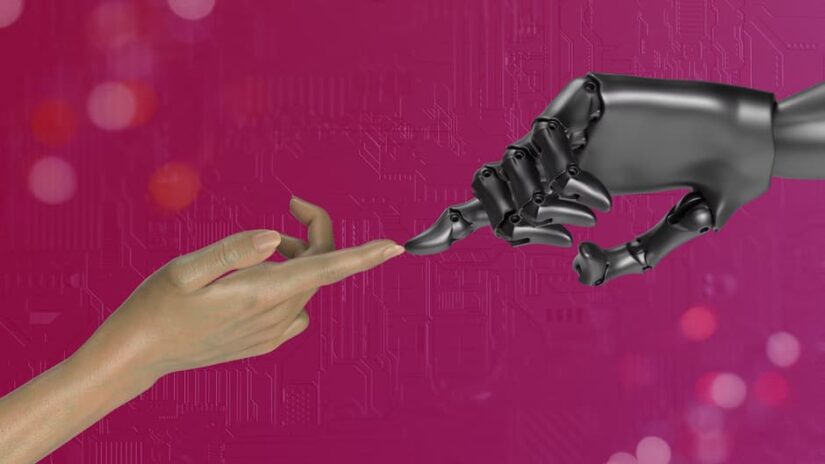In the ever-evolving landscape of contemporary art, performance artists continuously push the boundaries of human experience, challenging the notions of identity, body, and existence. One of the most provocative developments in this field is the emergence of cyborg bodies in performance art, where the fusion of human and machine blurs the lines between the organic and the artificial. This artistic exploration delves into the complexities of what it means to be human in an era of rapid technological advancement.
The Evolution of Cyborg Art
Performance art has long been a medium for exploring the limits of the human body. From the early body art movements of the 1960s and 1970s to the rise of digital and bio-art in the late 20th and early 21st centuries, artists have consistently used their bodies as a canvas for expressing complex ideas about identity, society, and technology. However, the integration of cyborg elements—whether through prosthetics, implants, or wearable technology—marks a significant evolution in this artistic practice.
Cyborg performance art questions the boundaries of the self by integrating technology into the body, creating hybrid forms that challenge traditional notions of humanity. Artists like Stelarc, known for his body modification performances, have pioneered this field by using technology to extend the capabilities of the human body, turning it into a platform for artistic expression and philosophical inquiry.
Moreover, this trend aligns with broader societal shifts toward embracing technology as a core part of our identities. In everyday life, wearable technology, such as fitness trackers and smartwatches, has already begun to blur the lines between our bodies and the machines we use. Cyborg performance art takes this a step further, transforming the body itself into an interface, a site where the human and technological merge seamlessly.
The Impact on Human Identity and Expression
The incorporation of cyborg bodies in performance art not only expands the possibilities for artistic expression but also prompts a deeper examination of human identity in the digital age. As technology becomes increasingly embedded in our daily lives, the distinction between the human and the machine becomes more fluid. This fusion raises critical questions about the future of humanity: What does it mean to be human in a world where our bodies can be modified and enhanced by technology? How do these changes affect our sense of self and our connection to others?
The integration of technology into the body also challenges the idea of the “natural” body, a concept deeply rooted in historical and cultural contexts. By altering their bodies through technology, cyborg artists disrupt traditional narratives around the purity and sanctity of the human form. This not only provokes discussions about bodily autonomy but also highlights the ways in which technology can empower individuals to redefine their physicality on their terms.
Interestingly, the concept of identity transformation is not limited to the physical world. In the digital realm, platforms like https://playfortune.net.br/ allow users to engage in immersive gaming experiences where they can adopt various avatars, exploring new identities and roles. Just as cyborg artists use technology to alter their bodies, players in these virtual environments use digital tools to transcend their everyday identities, engaging in experiences that blur the boundaries between reality and fantasy. This digital augmentation of identity is reminiscent of the themes explored in cyborg performance art, where the body becomes a site of transformation and exploration.
The Ethical and Philosophical Implications
As artists push the boundaries of human-machine integration, the ethical and philosophical questions surrounding cyborg performance art become increasingly pertinent. What are the implications of modifying the human body to such an extent that it becomes difficult to distinguish between the organic and the artificial? How does this impact our understanding of personhood, rights, and identity? These are not just questions for artists and academics but for society at large, as technological advancements continue to blur the lines between human and machine.
Furthermore, the rise of cyborg performance art forces us to confront the potential for inequality in access to these technologies. As with any technological advancement, there is the risk that only a privileged few will have access to the tools necessary to fully engage in cyborgisation, leading to new forms of social stratification. This raises important questions about the democratization of technology and the ethical responsibilities of those who develop and control these advancements.
The Future of Cyborg Performance Art

As technology continues to evolve, the possibilities for cyborg performance art are limitless. The integration of artificial intelligence, bioengineering, and virtual reality could lead to even more radical forms of expression that challenge our understanding of what it means to be human. Artists may begin to explore not only the physical augmentation of the body but also the enhancement of cognitive and sensory experiences, creating performances that transcend current human capabilities.
The future of cyborg performance art lies in its ability to provoke thought and inspire dialogue about the ethical, social, and philosophical implications of technological advancement. As artists continue to push the boundaries of what is possible, they invite us to reconsider our own relationships with technology and the ways in which it shapes our identities and experiences.
In conclusion, cyborg bodies in performance art represent a powerful and transformative force in contemporary art, pushing us to rethink the boundaries of the human body and the potential of technology to redefine our existence. As we move forward into an increasingly digital and interconnected world, the insights gained from this artistic exploration will be crucial in understanding the future of humanity.
